-
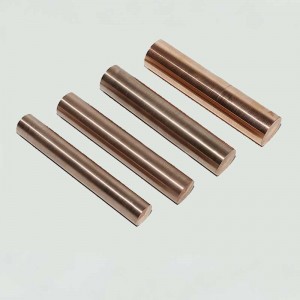
C17500 beryllium cobalt copper
Beryllium cobalt copper alloy, commonly referred to as BeCoCu, is a specialized material that combines the properties of beryllium, cobalt, and copper. This alloy possesses unique characteristics, including high strength, excellent conductivity, and exceptional thermal stability.
Beryllium cobalt copper alloy is known for its exceptional strength and hardness, making it suitable for applications requiring high tensile and yield strength. It exhibits excellent thermal stability, with a low coefficient of thermal expansion, allowing it to maintain its shape and dimensions even under extreme temperature variations. Additionally, this alloy showcases excellent electrical conductivity, making it ideal for applications where efficient electrical transmission is crucial. -
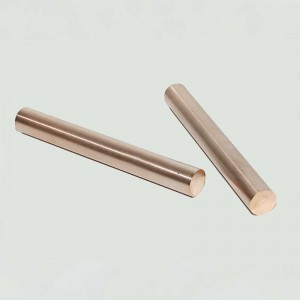
Welding electrode C17500 beryllium cobalt copper rod
Beryllium cobalt copper is widely used to make inserts and cores in injection moulds or steel moulds. When used as an insert in a plastic mold, it can effectively reduce the temperature of the heat concentration area, simplify or omit the design of the cooling channel. The excellent thermal conductivity of beryllium cobalt copper is about 3~4 times better than that of die steel. This feature can ensure rapid and uniform cooling of plastic products, reduce product deformation, unclear shape details and similar defects, and significantly shorten the production cycle of products in most cases.
-
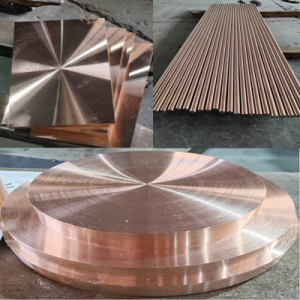
C17500Beryllium-cobalt-copper
Beryllium cobalt copper alloy, commonly referred to as BeCoCu, is a specialized material that combines the properties of beryllium, cobalt, and copper. This alloy possesses unique characteristics, including high strength, excellent conductivity, and exceptional thermal stability
Beryllium cobalt copper alloy is known for its exceptional strength and hardness, making it suitable for applications requiring high tensile and yield strength. It exhibits excellent thermal stability, with a low coefficient of thermal expansion, allowing it to maintain its shape and dimensions even under extreme temperature variations. Additionally, this alloy showcases excellent electrical conductivity, making it ideal for applications where efficient electrical transmission is crucial.
-
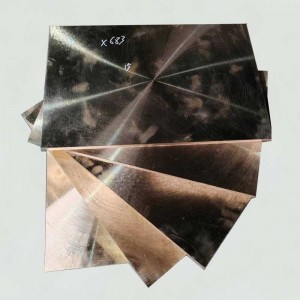
C17500 beryllium cobalt copper plate
Beryllium cobalt copper is widely used to make inserts and cores in injection moulds or steel moulds. When used as an insert in a plastic mold, it can effectively reduce the temperature of the heat concentration area, simplify or omit the design of the cooling channel. The excellent thermal conductivity of beryllium cobalt copper is about 3~4 times better than that of die steel. This feature can ensure rapid and uniform cooling of plastic products, reduce product deformation, unclear shape details and similar defects, and significantly shorten the production cycle of products in most cases.
-
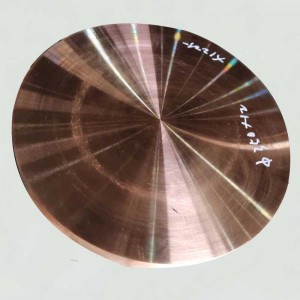
Beryllium Cobalt Copper – ALLOY 10 (UNS C17500)
Beryllium Cobalt Copper – ALLOY 10 (UNS C17500) is a high conductivity beryllium copper that has very similar mechanical properties to Alloy 3. However, this alloy has an additional alloying element of cobalt rather than nickel, giving it a slightly lower thermal conductivity and melting temperature.
-
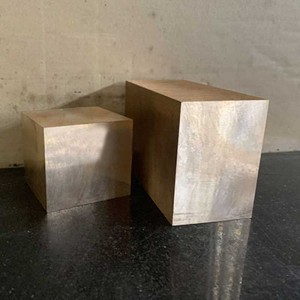
UNS.C17500 Cobalt Beryllium Copper Plate
Beryllium cobalt copper is widely used to make inserts and cores in injection moulds or steel moulds. When used as an insert in a plastic mold, it can effectively reduce the temperature of the heat concentration area, simplify or omit the design of the cooling channel. The excellent thermal conductivity of beryllium cobalt copper is about 3~4 times better than that of die steel. This feature can ensure rapid and uniform cooling of plastic products, reduce product deformation, unclear shape details and similar defects, and significantly shorten the production cycle of products in most cases.
